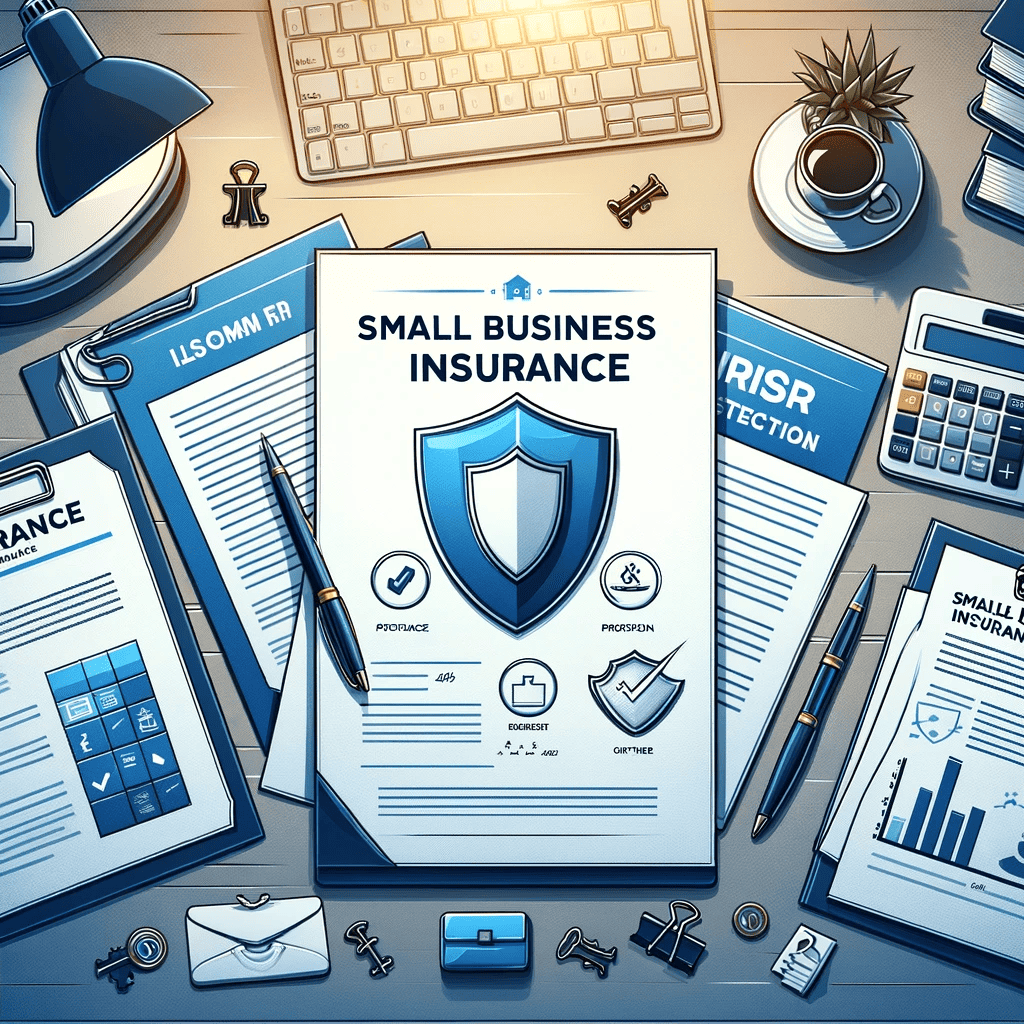3 small business insurance sets the stage for this enthralling narrative, offering readers a glimpse into a story that is rich in detail with formal and friendly language style and brimming with originality from the outset.
Small businesses face unique challenges, but having the right insurance coverage can provide crucial protection. Let’s delve into the world of small business insurance and explore the key aspects that every business owner should consider.
Types of Small Business Insurance
Insurance coverage for small businesses comes in various types to protect different aspects of your business. Here are the main types of insurance you should consider:
1. Liability Insurance
Liability insurance covers legal costs and damages if your business is sued for negligence, personal injury, or property damage. It is crucial for protecting your business from financial losses due to legal claims.
2. Property Insurance
Property insurance safeguards your business property, including buildings, equipment, and inventory, from damage or loss caused by fire, theft, or other covered perils. It ensures that your business assets are protected.
3. Business Interruption Insurance
Business interruption insurance provides coverage for lost income and ongoing expenses if your business operations are disrupted due to unforeseen events like natural disasters or equipment breakdowns. It helps your business stay afloat during challenging times.
Understanding the importance of each type of insurance is essential for small businesses to mitigate risks and ensure financial stability. For example, liability insurance can protect your business from costly lawsuits, while property insurance guards against property damage or loss. Business interruption insurance can provide a safety net when unexpected events disrupt your operations.
Factors to Consider When Choosing Insurance
When selecting insurance policies for your small business, it’s crucial to consider various factors to ensure adequate coverage. Here are key factors to keep in mind:
1. Business Size and Industry
The size and industry of your business influence the type and amount of insurance needed. For example, a small retail store may require different coverage compared to a technology startup.
2. Location and Assets
The location of your business and the value of your assets impact insurance requirements. Businesses in high-risk areas may need additional coverage to protect against specific risks.
3. Risk Assessment, 3 small business insurance
Assessing risks specific to your business helps determine the appropriate coverage levels. Consider potential threats and vulnerabilities to tailor your insurance policy accordingly.
4. Policy Limits, Deductibles, and Premiums

Understanding policy limits, deductibles, and premiums is crucial for choosing the right insurance. Evaluate cost versus coverage to find a balance that suits your budget and risk tolerance.
Insurance Costs and Budgeting

The cost of small business insurance varies depending on factors such as coverage types, business size, and location. It’s essential to budget for insurance expenses effectively to protect your business without overspending. Here are some strategies to manage insurance costs:
1. Compare Insurance Quotes
Obtain quotes from multiple insurers to compare coverage options and prices. This allows you to choose the most cost-effective policy for your business needs.
2. Risk Management Practices
Implement risk management practices to reduce the likelihood of insurance claims and lower premiums. Safety measures and loss prevention strategies can help minimize risks.
3. Review and Update Policies
Regularly review your insurance policies to ensure they align with your business needs. Update coverage levels as your business grows or changes to maintain adequate protection.
Navigating the Claims Process
Filing an insurance claim for your small business can be complex, but following the right steps can streamline the process. Here are tips for navigating the claims process effectively:
1. Document Incidents

Keep detailed records of any incidents that may result in an insurance claim. Documenting the event and its impact can help support your claim and expedite the process.
2. Communicate with Insurers
Maintain open communication with your insurance provider throughout the claims process. Provide necessary information promptly and follow up on any requests to avoid delays.
3. Seek Professional Assistance
If you encounter challenges during the claims process, consider seeking assistance from a legal or insurance professional. They can help navigate complex issues and ensure a fair resolution.
Navigating the claims process efficiently is crucial for minimizing disruptions to your business operations and securing the financial support you need in times of crisis.
Closing Summary: 3 Small Business Insurance
In conclusion, 3 small business insurance is not just a necessity but a strategic investment for the long-term success of any small enterprise. By understanding the types of coverage available, factors to consider, costs, and navigating the claims process, businesses can safeguard their operations and minimize risks effectively.
Common Queries
What are the key types of small business insurance?
Small business insurance typically includes liability insurance, property insurance, and business interruption insurance to cover various aspects of business operations.
How can small business owners reduce insurance costs?
Small business owners can reduce insurance costs by bundling policies, implementing safety measures, and regularly reviewing and adjusting coverage based on changing needs.
What factors impact the choice of insurance for small businesses?
Factors such as business size, industry risks, location, assets, and the level of coverage needed play a significant role in determining the right insurance policies for small businesses.